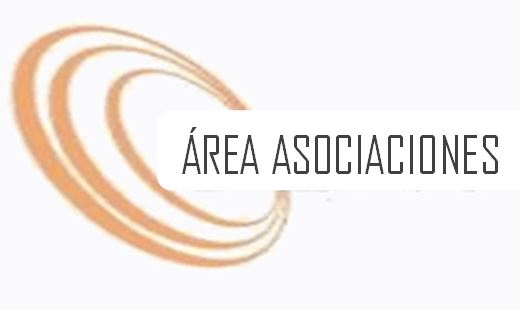What What Is a Resultant in Physics Is - and What it Is Not
Vector Subtraction needs more comprehensive discussion and we must study its applications also. Directions are described by the usage of some convention. You're employing an out-of-date model of Internet Explorer. It's also advisable to be ready to work on your communication skills so that you can obviously articulate your findings. write papers for money Topics like three-dimensional flow and magnetohydrodynamics aren't within the reach of Results in Physics.
When the angle is selected, any of the 3 functions can be utilised to discover the measure of the angle. It is possible to work out the direction utilizing trigonometry. In a section of this write-up, we've already employed the Pythagorean theorem and its formula to discover the resultant when two vectors we added were at a suitable angle to one another. Due to this, we frequently work with kJ or MJ for very considerable amounts of work. They are not the same as scalar numbers since they also include information regarding direction.
case studyThe Honest to Goodness Truth on What Is a Resultant in Physics
It's valid for a variety of vectors. You are aware that a vector has magnitude and direction. This is the way vectors were born. To add vectors, simply place they head to tail and the resulting vector is a line drawn from the beginning of the first vector to the end of the last vector. Position vector is utilized to specify the job of a particular body. All the vectors are representational.
The 3 forces within this experiment are all in the exact plane and so are coplanar. Within this experiment, there's not a means to arrange two vectors so that a third won't be in a position to cancel them out. Add both of these products with each other to get the overall momentum.
The accession of a couple of vectors yields a vector known as the resultant. A scalar quantity is one which has magnitude only. The most displacement of a wave is called its amplitude. For instance, think about the accession of the exact same 3 vectors in a different purchase.
business reportsThe process is restricted to the accession of two vectors which make right angles to one another. It's one example of locating the elements of a vector. Discussion The head-to-tail graphical technique of vector addition works for a variety of vectors. Don't be scared to use diagrams to aid you.
This way is quite useful as it can be successivly applied to any range of concurrent forces. There are two methods to circumvent this algebraic complexity. To explain this clearly, we'll now go through all the cases that can occur, from simple ones in which all the forces are parallel, to more intricate ones where the forces aren't parallel, and show how to locate the resultant force in every one of them with the assistance of examples. This means you may use the elements of the force to work it out. The sum of the 2 forces or vectors is known as the resultant force. That is why a force is known as a bound vector, meaning it's bound to its point of application. Every time something moves, it's because the resultant forces aren't zero. We'll be studying three unique forces within this experiment.
The angle has to be found for the forces to stay in equilibrium. These 3 trigonometric functions can be put on the hiker problem to be able to ascertain the direction of the hiker's in general displacement. Discover how to address problems where you will need to locate the resultant velocity. Speed is the size of the movement. For the remainder of us, we need to deal with over 1 direction.
Also both of these definitions are in two pieces of science. This provides the right answer. This question can be answered in exactly the same fashion as the preceding questions. Don't neglect to answer the question.
This is called a couple. Because we are living in revolutionary times. Please or to read the remainder of this content.
This vector addition diagram is a good example of this kind of situation. Velocity could be in any direction, so a particular direction must be assigned to it to be able to give complete details. After every trial, sketch an image of each vector at the appropriate angles and the forces at the right length.

